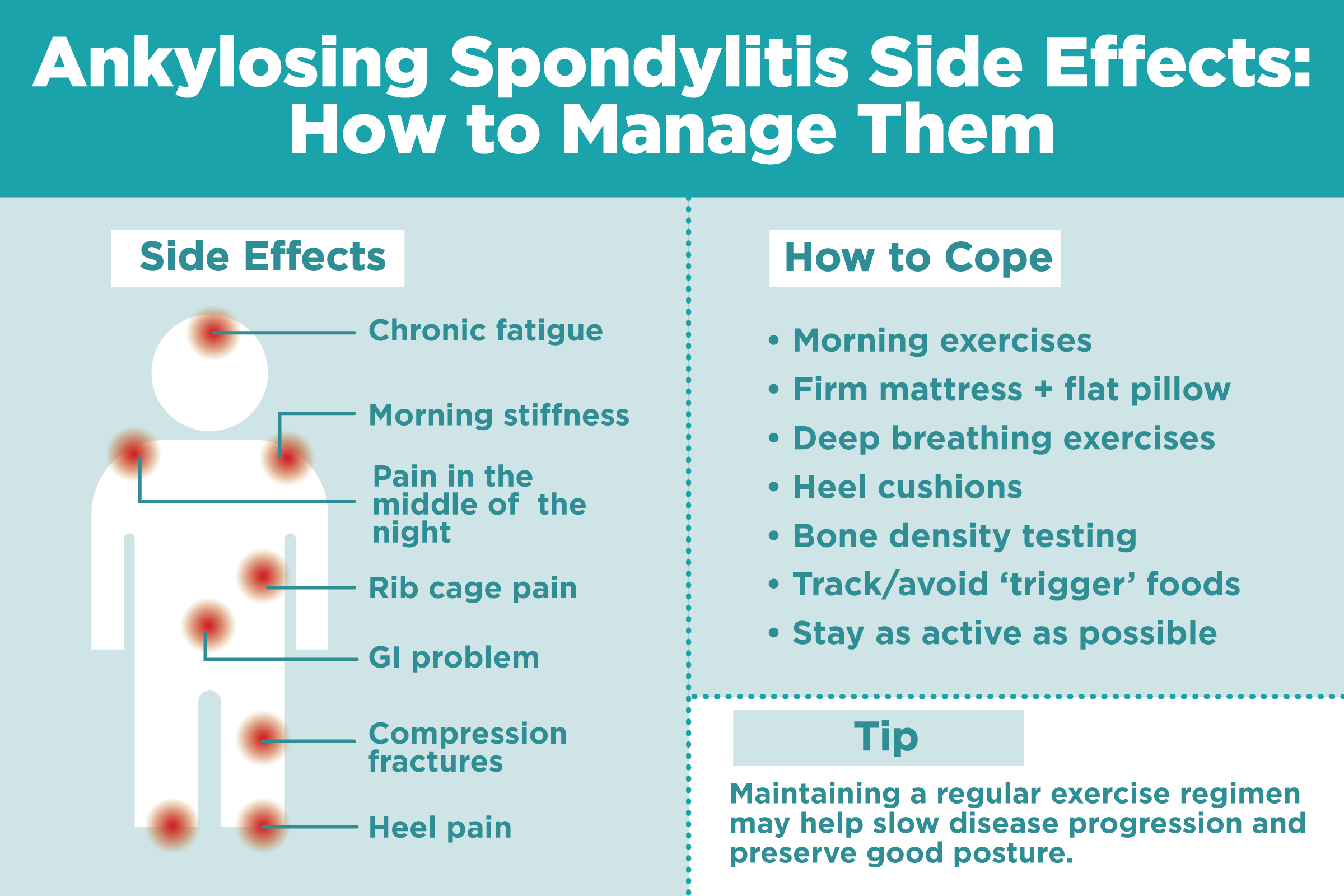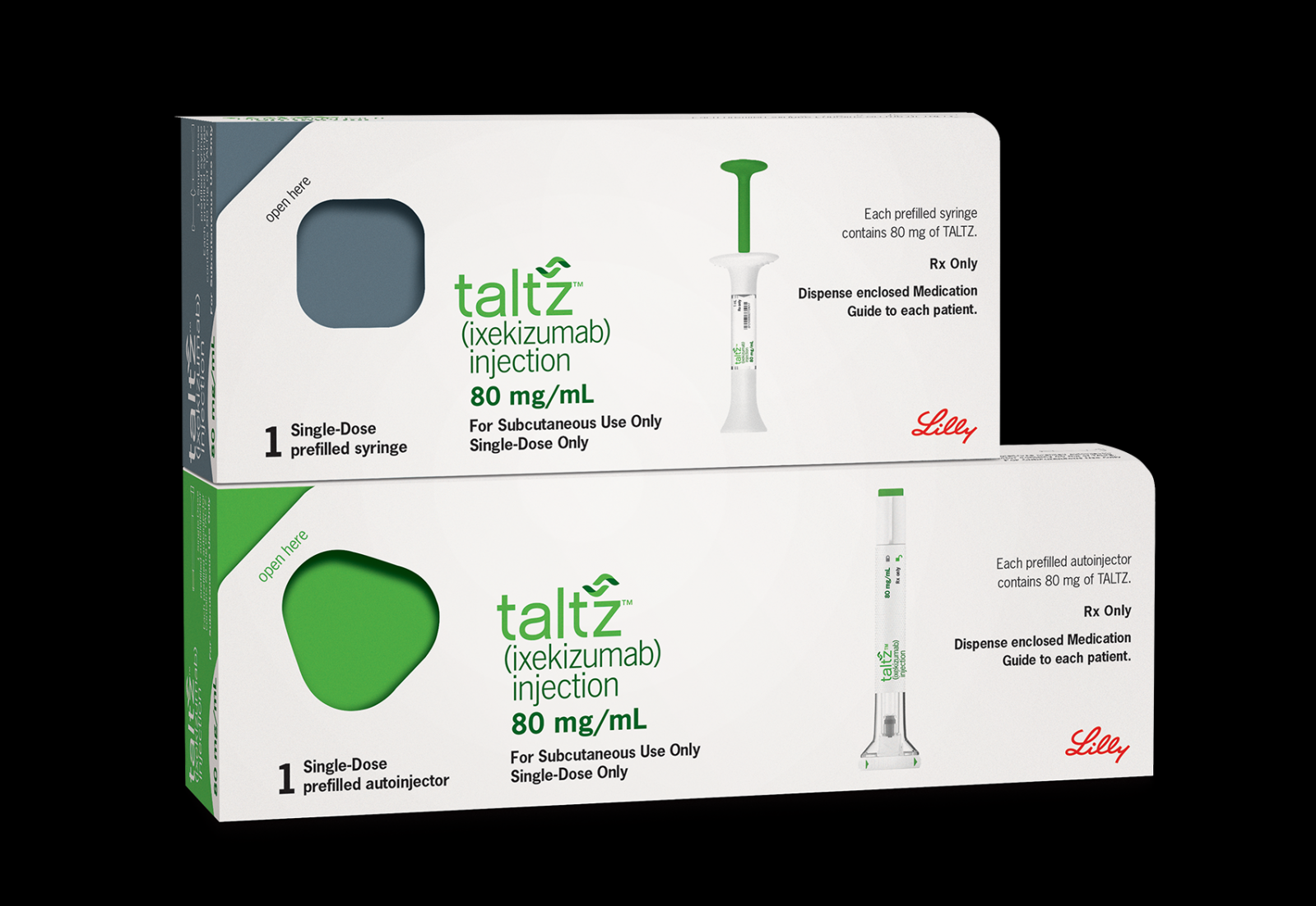Sensational Info About How To Treat Ankylosing Spondylitis

There's no cure for ankylosing spondylitis (as), but treatment is available to help relieve the symptoms.
How to treat ankylosing spondylitis. Daily exercise can help decrease symptoms and increase your mobility,. Normally, the joints and ligaments in the spine help us move and bend. Ankylosing spondylitis diagnosis.
If a person does not experience adequate relief with. Pain in tendons and ligaments, such as in your chest wall, soles of your feet, or heels. Jak inhibitors available to treat ankylosing spondylitis include tofacitinib (xeljanz) and upadacitinib (rinvoq).
The goal of treatment is to relieve pain and stiffness and prevent or delay complications and spinal. Medications to help with pain and inflammation. We also shed light on the portal vein, the next steps for as (ankylosing spondylitis), supplements that help with as as well as the benefits of curcumin.
The most common symptoms of as are pain and stiffness in your back and hips. Ankylosing spondylitis is a type of arthritis that affects the spine and lower back. Stooped posture in response to back pain (bending forward tends to relieve the pain) straight and stiff spine inability to take a deep breath, if the joints between the ribs and spine are affected appetite loss weight loss fatigue fever anemia
Ways to manage or treat ankylosing. Improve core and abdominal muscle strength because. Biologics that people use for as include tumor necrosis factor antagonists.
Physical therapy is an important part of treatment and can provide a number of benefits, from pain relief to improved strength and flexibility. If tactics like these have minimal impact, talk. How is ankylosing spondylitis treated?
Surgery, if you have severe joint damage. If as is not adequately treated, it could lead to fusion of the vertebrae (the small bones of the spine). Evidence suggests that smoking may exacerbate disease symptoms.
Nsaids are the most commonly used class of medication for the treatment of pain and stiffness associated with spondyloarthritis. Your healthcare provider will suggest treatments to manage your symptoms and reduce how much they affect your daily routine. I was in my early 20s, when i.
Sometimes, high doses of nsaids are needed to maintain relief from the symptoms of ankylosing. Treatment can also help delay or prevent the process of the spine joining up (fusing) and stiffening. Include morning stiffness and night pain.
If you have ankylosing spondylitis, the inflammation in the joints and tissues of the spine. It may also affect peripheral joints like the knees, ankles, and hips. Common treatments for ankylosing spondylitis include:










:max_bytes(150000):strip_icc()/how-ankylosing-spondylitis-is-treated-4100632-5c77326f46e0fb0001edc78c.png)







